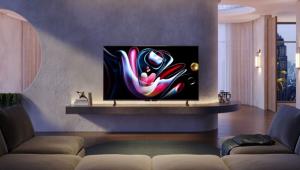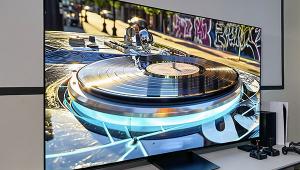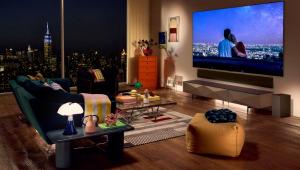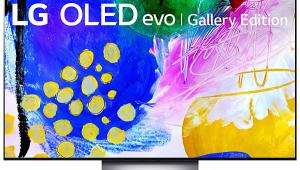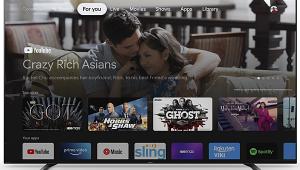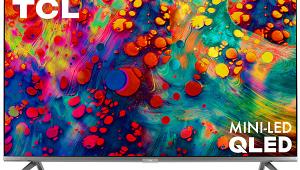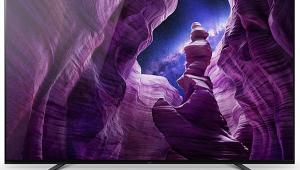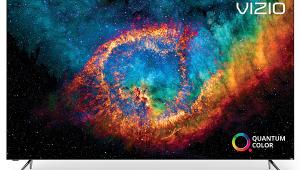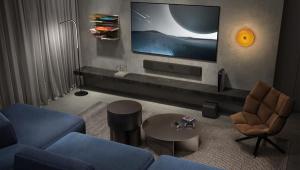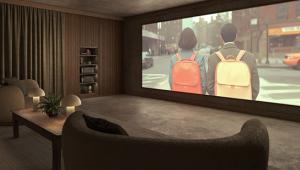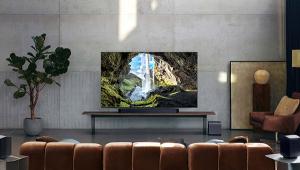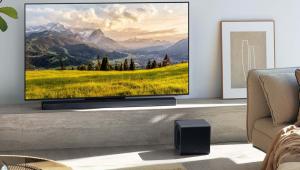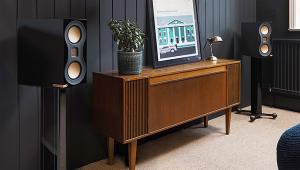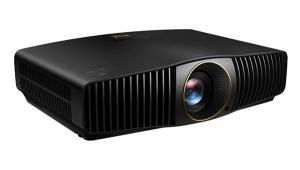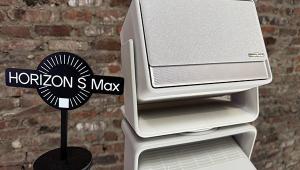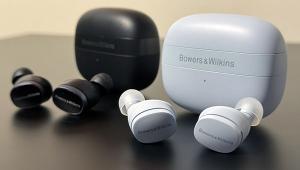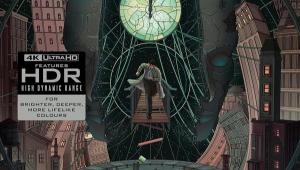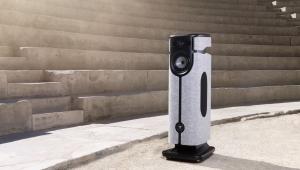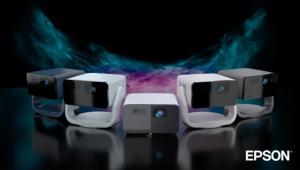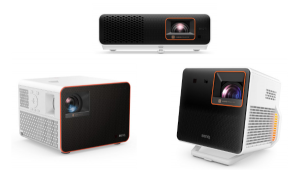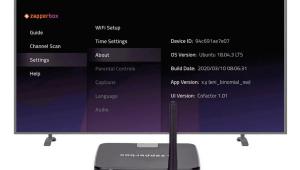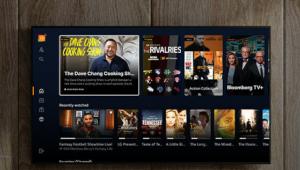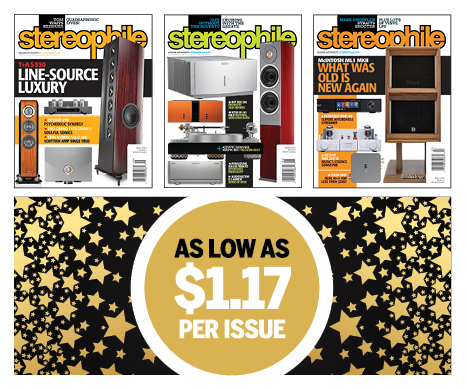Sony XBR-55X900B LCD/LED Ultra HDTV Page 2
Real 4K
For this review, Sony sent me one of its 4K servers designed for retail demonstrations. It was loaded with nearly an hour of excellent material, and the XBR-55X900B ate it up. In fact, the best of that material (some of it in 60p and with x.v.Color enhancement) was perhaps the tastiest eye candy I’ve yet seen on any display, with jaw-dropping resolution and sublime, natural-looking color.
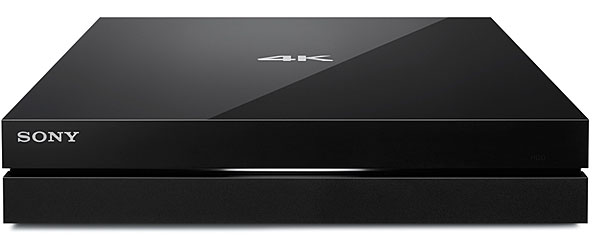
Most experts assert, however, that at a normal viewing distance (I was about 9 feet from the screen, which I suspect is at the low end for typical domestic use), you really need a larger screen than this to see tangible benefits from 4K resolution. Is it possible that the same material would look even better on a larger set? In theory, it should, but answering that question would require a shootout between, say, otherwise identical 55- and 65-inch (or preferably larger) 4K sets from the same manufacturer using the same 4K material. But I can say that, on the 4K material available to me, the XBR-55X900B, in spite of its screen size, never looked less than good (on the movie clips) and more often looked stunning (on the best of the scenic videos).
3D
Like many of the TVs I’ve reviewed recently, the XBR-55X900B produces exceptionally compelling 3D images. It’s the 3D brightness that impressed me first. In 3D and Cinema 1, the Picture control defaults to Maximum and the Backlight is fully on and can’t be adjusted. But I saw no negative result from those torch-like settings, at least not when I was wearing the active-shutter 3D glasses. Barely a year ago, I could hardly get past the dimness of 3D often enough to find it satisfying except in small doses. Now, on a set like the Sony, I can fully enjoy it.
Moreover, on scenes from Despicable Me, A Christmas Carol, Rio 2, and The Avengers, I spotted 3D ghosting only once—on Scrooge’s door knocker in chapter 3 of A Christmas Carol. It was subtle; most viewers will likely miss it. The bloom may be off the rose for 3D at home, but if it’s still your thing, you’ll love this Sony.
Sound
Sony went to great lengths to deliver a fine audio solution in this model, and largely succeeded. Thanks to the front-facing drivers and slightly deeper cabinet (which allows good-sized internal enclosures), and 65 watts of claimed power, I found its audio far better than the thin, colored sound I’ve experienced from too many flat-screen sets. Sony also offers an optional, 6-inch wireless subwoofer (SWF-BR100, $300). Sony says there are menu-driven controls in the TV for subwoofer crossover frequency, level, and phase polarity. I never saw these to try them out, but in any event, you can experiment with positioning if it sounds a little whumpy and one-note—which it sometimes did in my room.

Of course, the subwoofered XBR won’t flutter your trousers, nor give you ear-shattering sound levels. But what you will get when you add the sub is clean sound with enough bottom end to suggest a bigger system. The upper-range speakers on the set are also far enough apart (if you’re not seated too far away) to produce occasionally effective stereo imaging and even a sense of real depth, particularly on soundtrack music. The overall sound, with the sub, is more natural and less in-your-face than what you’ll hear from many soundbars, and that’s a genuine plus in my book. If you’re faced with a situation where you absolutely must make do with only your HDTV’s built-in audio, the XBR-55X900B with subwoofer offers a respectable solution.
Comparisons and Conclusions
The 1080p, 65-inch Panasonic TC-P65ZT60, though now out of production, is still arguably the go-to reference for black level and shadow detail. In those qualities, I expected that the plasma, side by side with the Sony LCD, would run away with the honors. But it didn’t.
The color on the two sets was too close to call; there were small dif- ferences, but you’d never notice them without a direct comparison. And while all the sources in this comparison were 1080p, the Panasonic’s resolution was hard to fault. But whereas upconverting a lower-resolution source to 4K on a 4K set can’t actually increase the source resolution, the Sony was, most of the time, subtly but rewardingly sharper-looking.
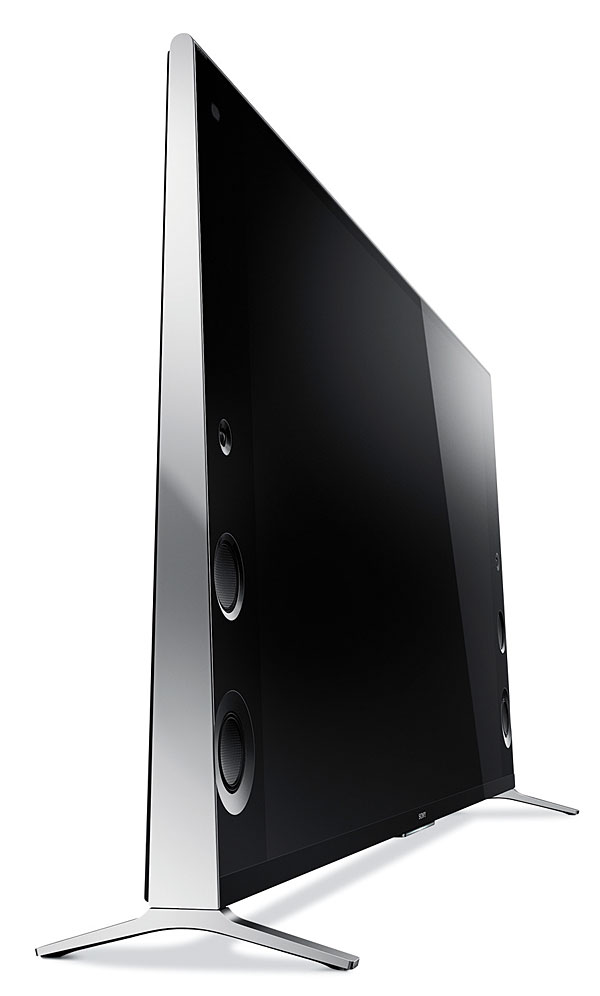
The real shock, however, came with black level and shadow detail. Yes, when a small area of an otherwise full black screen lights up on the Sony, the lighting spills over into areas of the picture that should remain dark. (This “haloing” is an ongoing issue with edge-lit local dimming and can be visible with full-array dimming as well, though in that case it’s generally less obvious.) But on most dark scenes, the Sony (with its LED Dynamic Control on Standard) ran neck and neck with the Panasonic. And even on more torturous scenes—starfields, for example, and some but not all of the cave scenes in Prometheus, as well as the pan that opens chapter 12 of Harry Potter and the Deathly Hallows: Part 2—nothing looked obviously off or grayed-out on the Sony. Moreover, only rarely was there any difference between the darkness of the black bars on the two sets. On some scenes, in fact, the Sony’s bars were actually darker. And the Sony can fade to full black on scene transitions (if the source does). No production plasma has ever pulled off this trick; it’s exclusive to LED-lit local-dimming LCD sets where the LED light source can shut off completely.
Image fade from off-center seating positions remains the Sony’s only real issue, a shortcoming it shares with virtually all other LCD sets. But in every other respect, the XBR-55X900B is an outstanding design, worth every penny of its substantial price, and highly recommended if it fits your budget—unless, of course, that budget can expand to allow for a larger 4K set!


